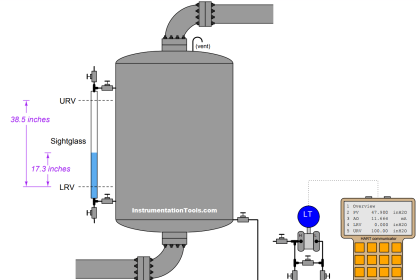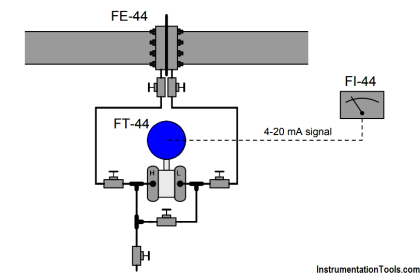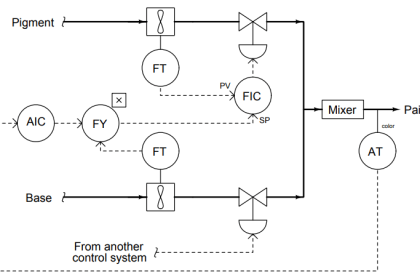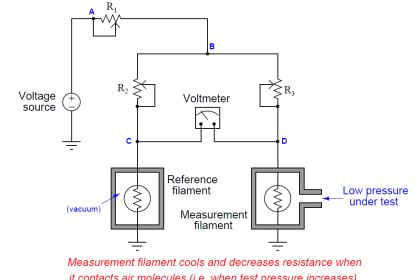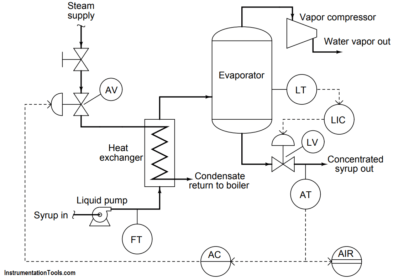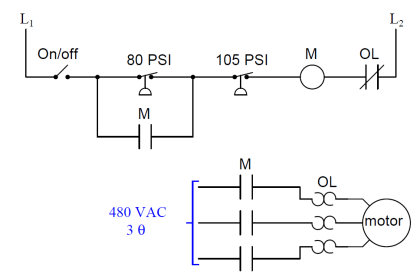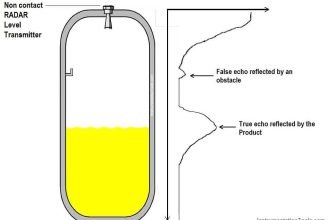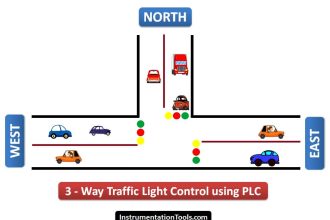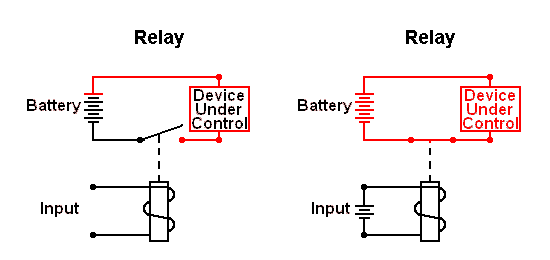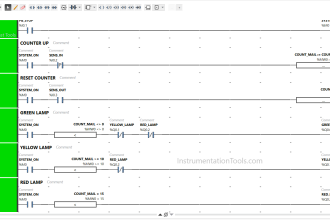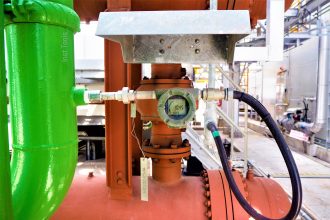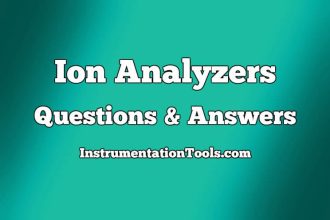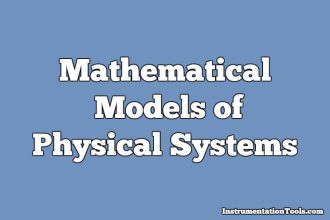One of the most basic components of a pneumatic instrument is the so-called flapper/nozzle, or baffle/nozzle assembly. It consists of two restrictions to air flow, one within a tube (the orifice) and the other at the end of a tube (the nozzle).
The flapper, or baffle, is nothing more than a flat piece of metal in close proximity to the nozzle tip. These mechanisms serve as extremely sensitive position detectors, generating a pneumatic pressure output signal that varies with flapper (baffle) position:
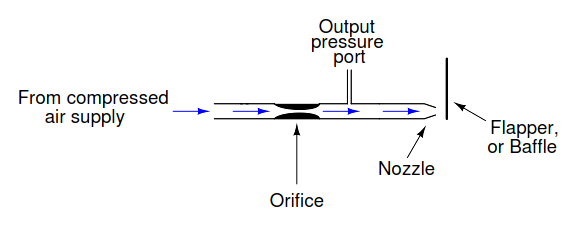
Suppose that two pressure gauges were installed along the length of the tube, one upstream of the orifice and the other downstream of the orifice, like this:

Qualitatively speaking, what would these two pressure gauges indicate? Assume that the air supply is regulated by a pressure regulator, and so remains at a constant pressure. Would the two pressure gauges indicate the same amount of pressure? Would one of them indicate a higher pressure than the other? Explain your answer.
If the flapper (baffle) is brought closer to the nozzle, the nozzle will become more restrictive to air flowthrough it. What effect will this have on the two pressure gauge indications in this flapper/nozzle system?
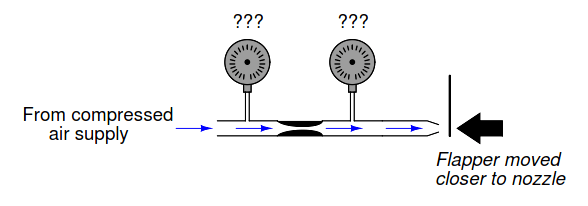
If the flapper travels further away from the nozzle, what effect will it have on the two pressure gauges’ indications?
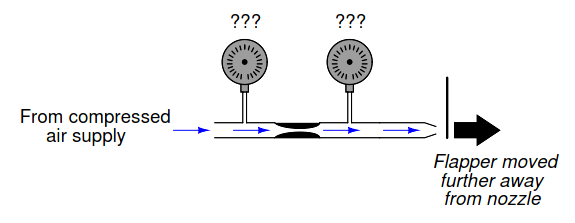
Answer:
The pressure gauge downstream of the orifice will indicate a lower pressure than the gauge upstream of the orifice. Moving the flapper closer to the nozzle increases the downstream pressure, while moving the flapper away from the nozzle decreases the downstream pressure.
Follow-up question: sketch a schematic diagram for an electrical circuit analogous to this pneumatic“circuit” formed by the pressure source, orifice, nozzle, and flapper.
Share your answers with us through the below comments section.
Read Next:
Credits: Tony R. Kuphaldt
